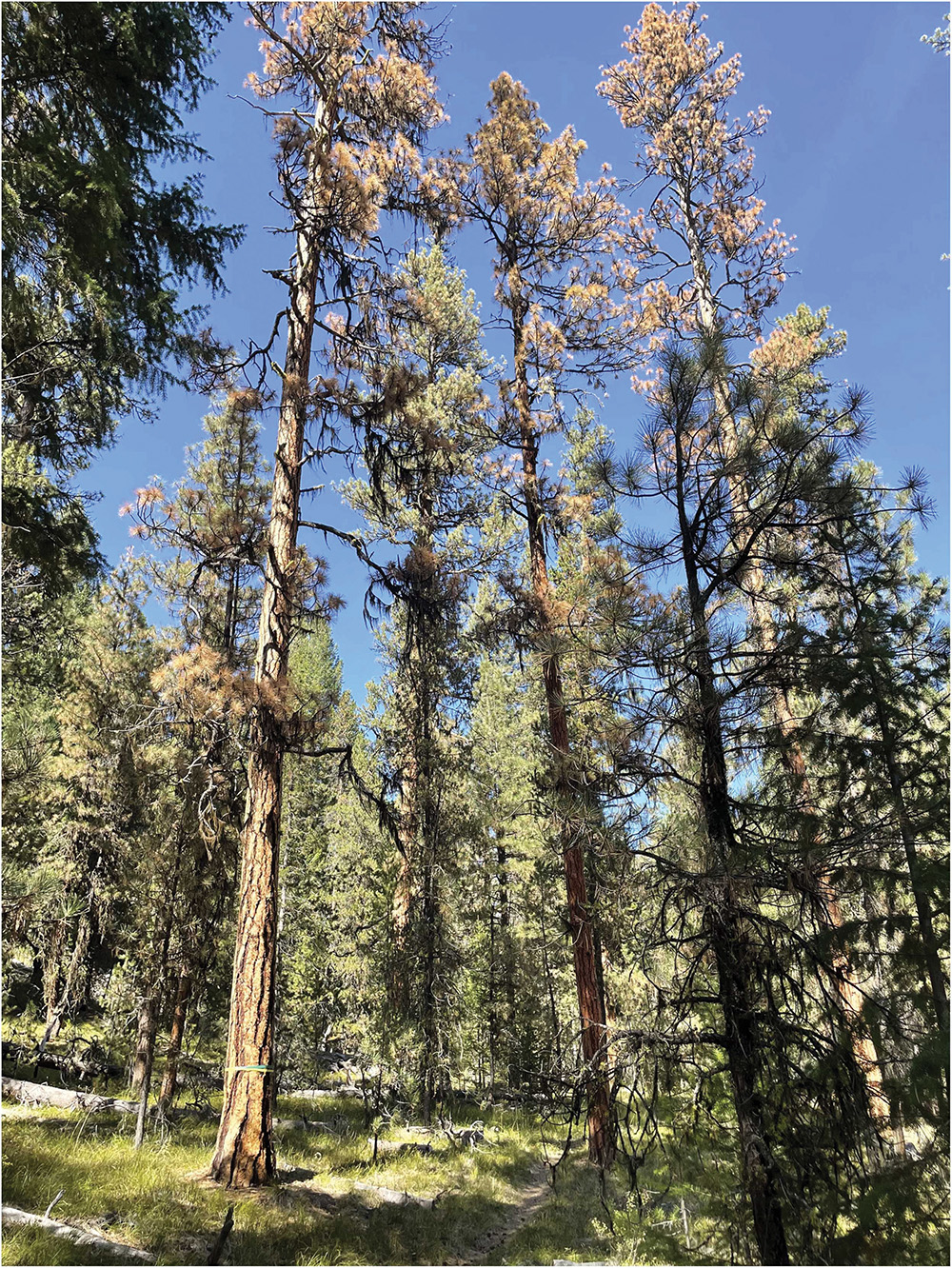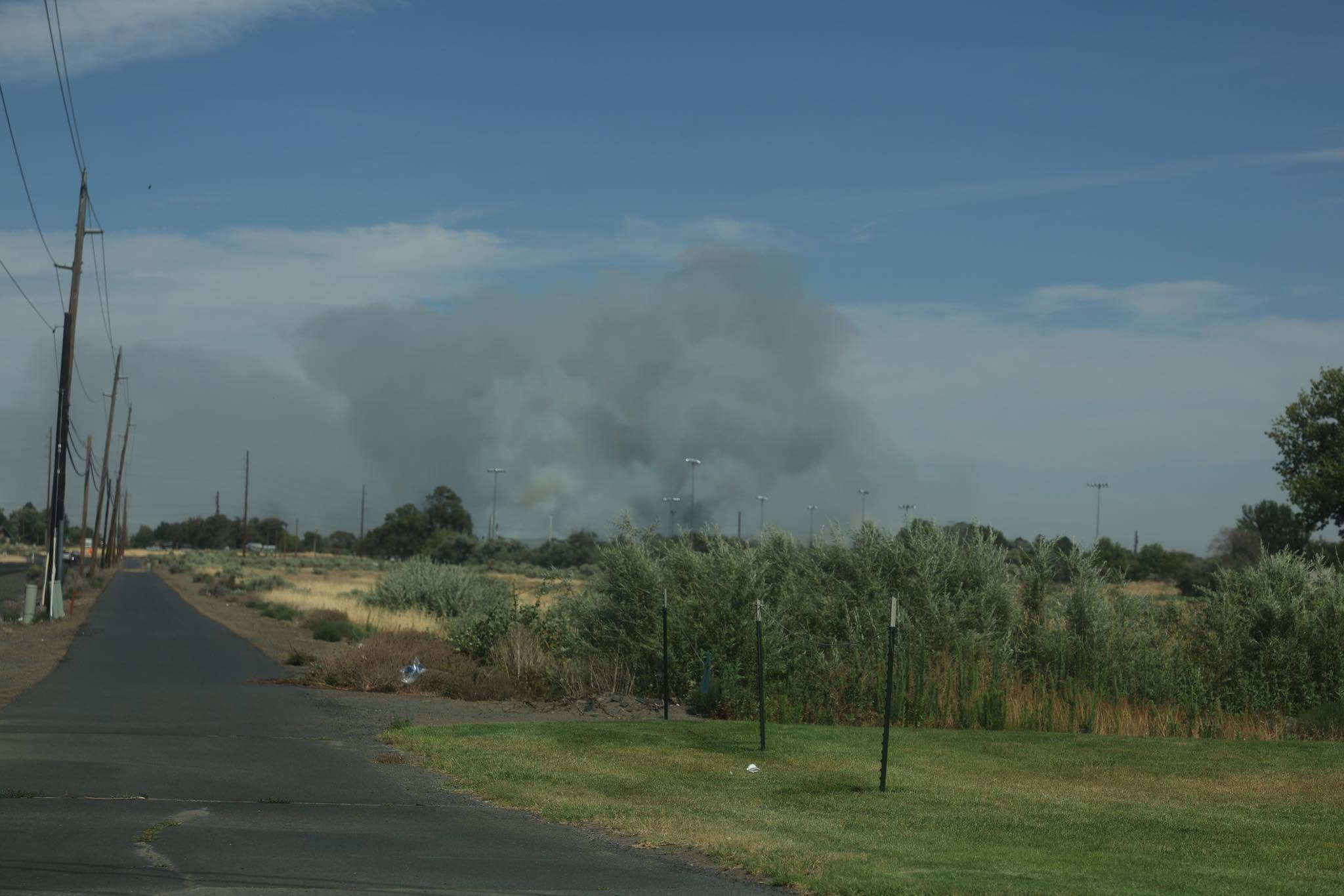Sustainable, locally grown Albus wood good for fencing
Published 6:43 am Friday, April 17, 2015

- These four boards of albus wood are untreated and are exambles of fresh, never used boards. These sell for $2.75 per board.
In recent years, Mike McKamey of All That Wood in Hermiston was having trouble acquiring enough old-growth Western red cedar to provide enough fence board for his customers.
Trending
Two years ago, Lee Jamerson, a salesman from the Collins Companies, a forest product company based in Portland, asked McKamey if he was interested in a new type of lumber, know as Pacific Albus wood. Jamerson brought it, McKamey liked it and he kept some in his yard.
Pacific Albus is a hybrid poplar hardwood almost perfect for building. It is also a local product — bred, grown and harvested at the Boardman Tree Farm.
McKamey sat on the new Albus wood for about a year to see how it would weather. Like all wood that is untreated with stain or paint, it grays with moisture, a side-effect of rot. But, the wood keep its integrity as it grays and remains strong and sturdy.
Trending
After the year was up and he was satisfied with how it handled the year’s worth of sun, wind and moisture, McKamey began to sell the “next generation’s fenceboard,” a name he came up with to create interest. Since last April, he said for every 10 customers who come and buy fenceboard, seven buy the Albus and that number may grow to eight soon. He said some still prefer the more established Western red cedar, but the Pacific Albus is beginning to catch on.
“Last year I just came up with the name ‘next generation’s fenceboard’ for the simple fact that it’s a sustainable product that we’re able to grow and harvest (locally).
“The fact that being able to bring something to the public that’s a sustainable product that’s really exciting.”
A main difference between the Western red cedar and the Pacific Albus is how it takes paint. Cedar must be primed before applying any coats of paint, otherwise it will begin to peel when exposed to any levels of moisture.
That isn’t an issue with Pacific Albus. Paint can be applied directly to the wood and it’ll hold, and stain goes on easily, as well. It’s another reason McKamey dubbed it “the next generation of fenceboard,” and another reason it’s been so popular. Plus, with the way Albus grays, it becomes an attractive option to those who don’t want to stain it, who just want to put it up and have it turn its unusual shade of blue-gray. However, McKamey suggested that if sprinklers are close to the fence, it should be treated anyway.
“Even though it’s going to go gray, the sprinklers are going to the fence,” McKamey said. “My favorite thing to people is — I always explain to them: think about where you put your fence up and where you put your sprinklers. You can water your fence as much as you want, but it’s not going to grow. You’re just going to ruin it.”
Albus is also a stronger grain than cedar. When cut into narrow slats, cedar has a tendency to split when screws or nails are inserted. To demonstrate Pacific Albus’ grain strength, McKamey cut it into slats and drove a screw through two pieces with a hammer. The slat didn’t split and the screw just bored a hole.
Perhaps a third reason of its popularity is the price.
Grade one Albus wood, which doesn’t have any knots or rot and the grain is attractive, sells for $2.75 per board, while grade one Western red cedar sells for $3.50, with the price rising to $3.75 soon. Albus is $1 less because of its manufacturing proximity: just a handful of miles. According to McKamey, customers have enjoyed the quality, price and local availability of the new building material, especially since good, old growth grade one cedar becomes tough to acquire beginning in early spring.
“With cedar being as hard as it is to get, it gives us another alternative other than the incense cedar (and other woods),” McKamey said. “I’ve sold that stuff in the past, and I just don’t feel comfortable selling stuff that I don’t feel is gonna last for people, and I really think this one here, I think they got something. It’s a sustainable product that we can actually help preserve forest for future generations.”








